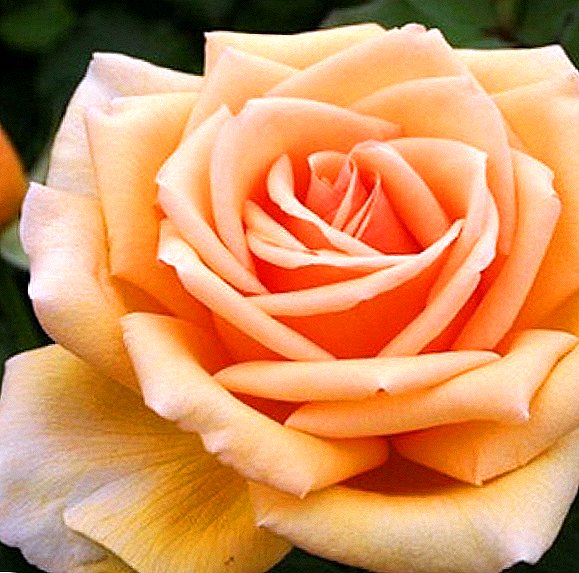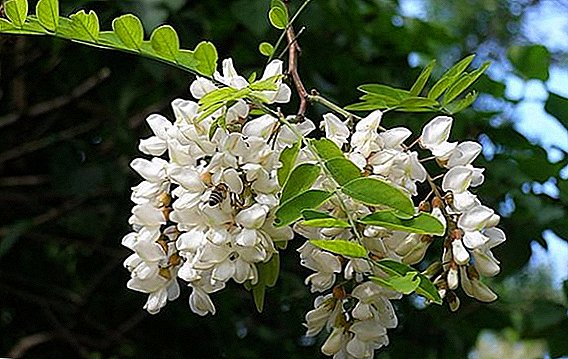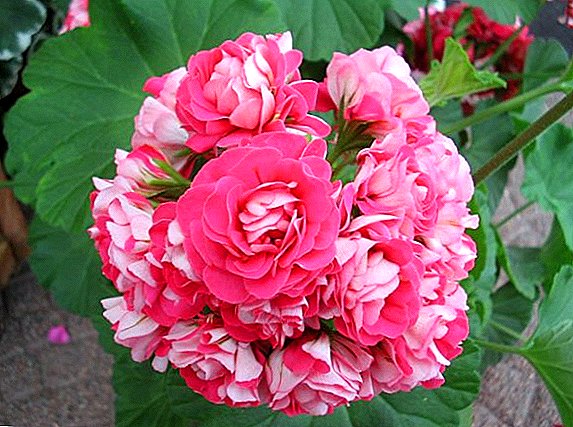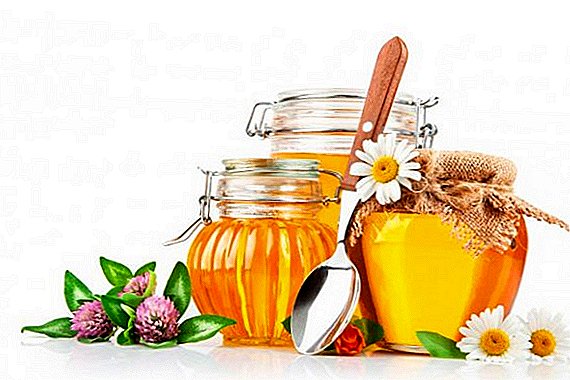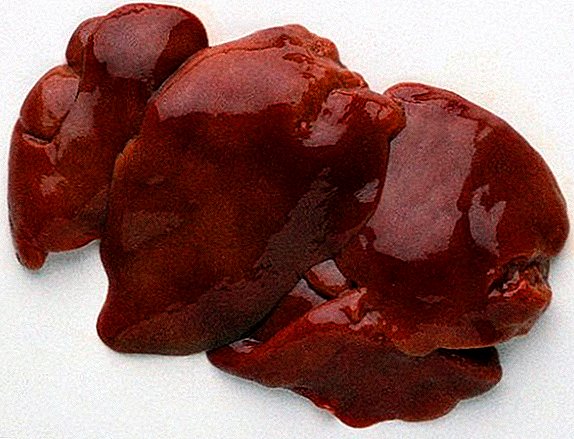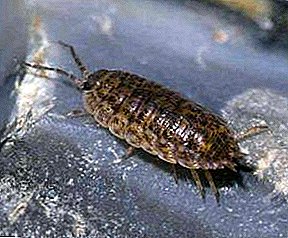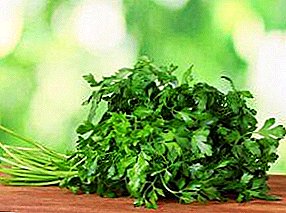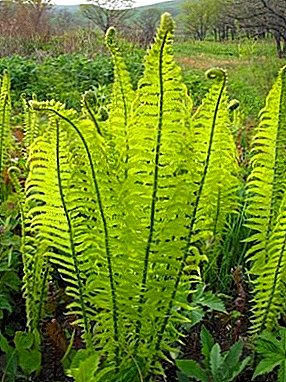
Fern Ostrich belongs to the one-glue family. It grows predominantly in a temperate climate. It is found in the Caucasus, in the European part of Russia, and also in the Far East.
Plant beautiful, unpretentious and easy to tolerate cold, therefore, the Ostrich has become one of the favorites of gardeners.
Kinds
All Ostrich have vertical thick leaves. In height, they can reach 2 meters. The leaves are similar in appearance to ostrich feathers, so this species of ferns got its name. The leaves form a funnel, in the center of which there are low spore-bearing leaves.
There are several types of Ostrichs: ordinary and eastern.
Ordinary
Fern Ostrich bird is considered the most popular. It grows fast, not afraid of frost and does not require special care. The leaves are wide, the fronds are light green, broad and pinnate.
Ordinary Ostrich is also called a raznolefoznik or black fern due to the dimorphism of the leaves and the characteristic black color of the stem.
One of the copies of this subspecies in the photo below:
This type of fern included in the Red Book several regions of Russia and Ukraine.
Oriental
The Eastern Ostrich has large fronds that are bundled. The height of the fern can reach 1.5 meters. The leaves are pinnate, the feathers themselves are narrow and coiled. Leaf petioles are covered with brown films.
Unlike the common one, the Eastern Ostrich has larger feathers of the first order. But their number is somewhat less.East fern is more picky and requires regular moistening and protection from winds.
Looks like the Eastern subspecies in the photo below:
A photo
More photos of the Ostrichnik fern look further:




Ostrichnik ordinary: landing and care
At home most often used Ostrich and fernsince he more frost-resistant and grows well on both poor and rich soils.
Features care after purchase
Ostrich is resistant to low temperatures and is not picky about soil composition. But when buying it is worth considering that It will require strong moisture. The place can be both shaded and open.
For landing used fronds. They must be planted, powdered with earth and abundantly watered.
Lighting
 The plant is not whimsical to sunlight. The fern grows well both in the shade and in bright light. But keep in mind that a plant growing in the sun, even with sufficient moisture will be small.
The plant is not whimsical to sunlight. The fern grows well both in the shade and in bright light. But keep in mind that a plant growing in the sun, even with sufficient moisture will be small.
Temperature
Ostrich is not afraid of lowering the temperature and therefore often used for decorating gardens in temperate latitudes.
Ostrich can carry temperatures up to - 10 degrees.
But for him, high temperatures from 25 degrees are unacceptable. Their plant does not tolerate well.
Adiantum, Polyrales, Thief
Air humidity
Like most types of ferns, The plant does not tolerate dry air. In dry weather it is necessary to spray the fern.
Watering
Ostrich - plant unpretentious, but needs a moist environment. In dry periods, it is necessary to provide him with sufficient watering.
Fertilizers (dressing)
As a fertilizer can be used as mineral compounds, and organic. You can use them at will, because the fern is not picky.
Transfer
 Fern transplant is worth in the spring. To do this, dig a young plant.
Fern transplant is worth in the spring. To do this, dig a young plant.
If necessary, you can transplant a fern at the end of the summer, using a segment of the maternal rhizome with a bud.
Trimming and Seating
Trimming does not apply.
But once in three years Ostrichfish need to thin outas this perennial plant grows quite strongly. It should be carefully used in group plantings.
Breeding
Ostrich bird multiplies by spores and leaves - wyai
Disputes
Reproduction by spores is akin to seed multiplication, but more complex and time consuming, but effective.
Disputes collected in late summer - early autumn.
Then they can be stored for a long time or sown immediately in a tank with disinfected bedding peat, covered with glass and moistened periodically.
After 3-5 weeks sprouts will start to appear. They are transplanted into a mixture of sand, heather land and peat crumb, where the fern grows for several years, after which it can be planted in selected areas.
Vegetative
 For reproduction by vegetative means, the underground shoots of a plant with several buds are used. This type of breeding is applied in early spring or late summer.
For reproduction by vegetative means, the underground shoots of a plant with several buds are used. This type of breeding is applied in early spring or late summer.
The processes are planted at a distance of half a meter from each other.
Diseases and pests
Ferns are convenient for gardeners so that practically not affected by diseases and not attacked by pests.
Beneficial features
Ostrich is used for medical purposes. It has a healing effect, reduces spasms and relieves seizures of epilepsy.
Fern also has a bactericidal, hemostatic, sedative and anti-inflammatory effect.
Conclusion
Ostrich is a very suitable plant for areas located on shady and damp places. Due to its simplicity, the plant is well suited for people who want to have on their site a plant that does not require any excessive care, but at the same time looks attractive.


